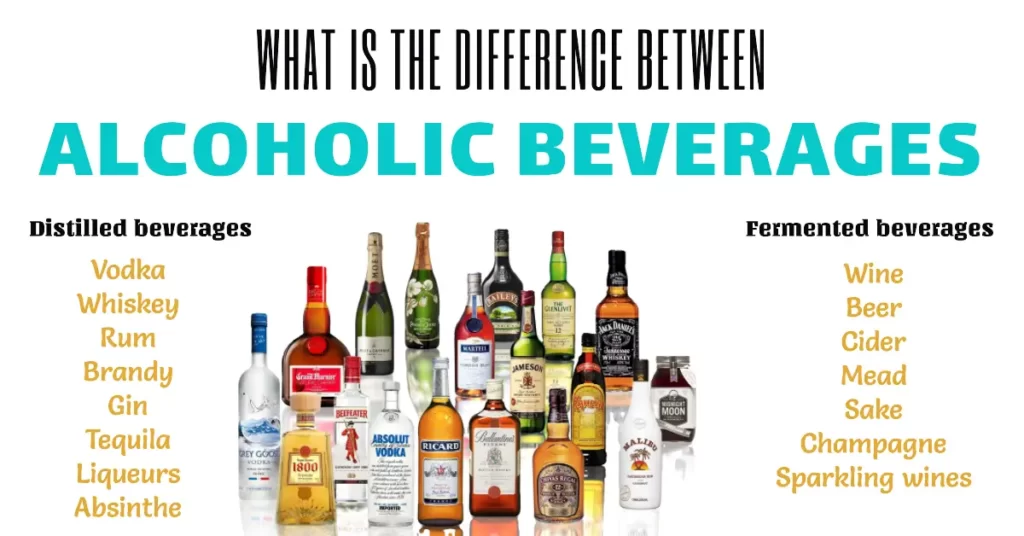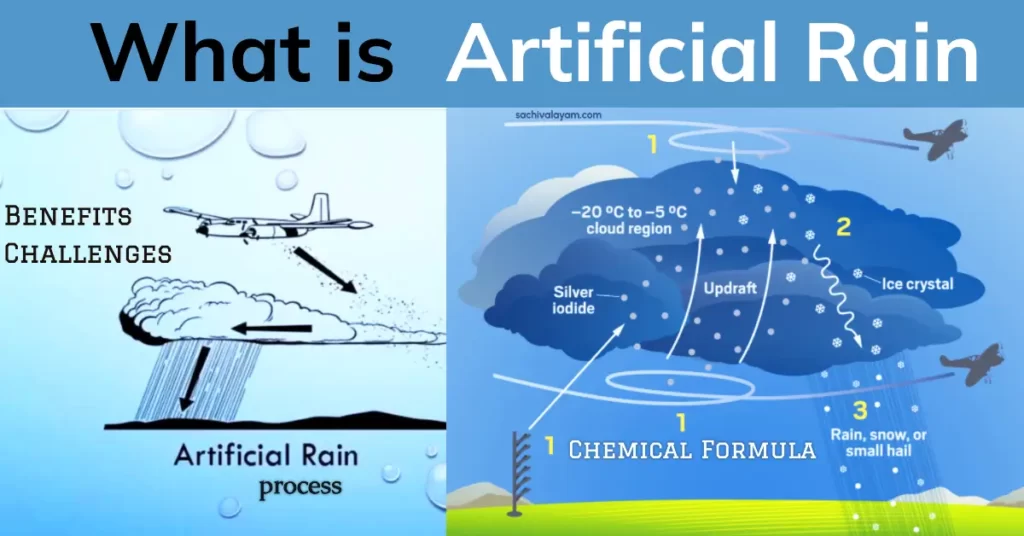Alcoholic beverages have been enjoyed by people for thousands of years, offering a wide range of flavors, aromas, and cultural significance. From wine to whiskey, beer to rum, there is a vast world of alcoholic drinks to explore.
Table of Contents
ToggleTypes of Alcoholic Beverages
Alcoholic beverages are classified into two main categories: distilled and undistilled.
Undistilled alcoholic beverages
Undistilled alcoholic beverages are made by fermenting a sugar-containing substance, such as grapes, grains, or fruits. The fermentation process is caused by yeast, which converts the sugar into ethanol and carbon dioxide. Undistilled alcoholic beverages include beer, wine, and cider.
Distilled alcoholic beverages
Distilled alcoholic beverages are made by distilling a fermented substance. Distillation is a process of heating a liquid to its boiling point and then collecting the vapor, which is then cooled and condensed back into a liquid. This process concentrates the alcohol and removes some of the other compounds in the fermented substance. Distilled alcoholic beverages include spirits such as whiskey, vodka, gin, and rum.
The main difference between distilled and undistilled alcoholic beverages is their alcohol content. Distilled alcoholic beverages have a higher alcohol content than undistilled alcoholic beverages. This is because the distillation process concentrates the alcohol.
| Characteristic | Distilled alcoholic beverages | Undistilled alcoholic beverages |
|---|---|---|
| Production process | Distillation | Fermentation |
| Alcohol content | Higher | Lower |
| Flavor profile | Strong, intense | Complex |
| Cost | More expensive | Less expensive |
| Health effects | More likely to cause intoxication and other negative health effects if consumed in excess | Less likely to cause intoxication and other negative health effects if consumed in excess |
| Social and cultural implications | Often associated with sophistication and elegance | Often associated with casual gatherings and sporting events |
One of the primary factors that differentiate alcoholic beverages is their ingredients. Different types of alcoholic drinks are made from various raw materials, each contributing to their unique taste and character.
Beer
Ingredients
Beer is typically made from malted barley, water, hops, and yeast. However, there are countless variations in beer styles, which may include additional ingredients like wheat, rye, oats, or fruits. The type of yeast used also plays a significant role in determining the beer’s flavor.
Production
Beer is produced through a process called brewing, which includes mashing the grains, boiling the wort with hops, and fermenting the mixture with yeast. Different styles of beer involve variations in these steps, such as the fermentation temperature and aging process.
Flavors and Aromas
Beer flavors range from crisp and light in lagers to rich and complex in stouts. The choice of hops, malt, and yeast can produce a wide array of flavors, including fruity, spicy, bitter, and sweet notes.
Cultural Significance
Beer has a long history dating back thousands of years, with deep cultural ties in countries like Germany, Belgium, and the United Kingdom. Different beer styles and brewing methods have distinct cultural roots.
Wine
Ingredients
Wine is produced by fermenting grapes, and the type of grape, climate, and soil conditions can profoundly influence the flavor and aroma of the final product. The grape variety and the winemaking process, including fermentation and aging, are essential factors in determining the wine’s taste.
Production
Winemaking involves crushing grapes to extract the juice, which is then fermented with the natural yeast present on the grape skins or with added cultured yeast. The aging process, as well as the use of wooden barrels, can vary significantly in the production of different wines.
Flavors and Aromas
The taste of wine can vary from dry and acidic to sweet and fruity, depending on the grape variety and region. Common flavor profiles include red fruits, citrus, flowers, and oak notes from aging in barrels.
Cultural Significance
Wine has been associated with the Mediterranean region for centuries, particularly in countries like France, Italy, and Spain. It is often intertwined with celebrations, rituals, and cuisine.
Whiskey
Ingredients
Whiskey is distilled from fermented grain mash, which can include barley, corn, rye, and wheat. Different types of whiskey, such as Scotch, Bourbon, and Rye, use distinct grains and production methods, resulting in a wide range of flavors.
Production
Whiskey is made through the distillation of fermented grain mash, followed by aging in wooden barrels. The type of grain, the distillation process, and the length of aging contribute to the specific characteristics of each whiskey.
Flavors and Aromas
Whiskey exhibits a vast diversity of flavors, from smoky and peaty in Scotch to sweet and caramel in Bourbon. The aging process in wooden barrels contributes to the development of complex flavors like vanilla, toffee, and spice.
Cultural Significance
Whiskey has strong cultural ties in countries like Scotland, Ireland, and the United States. Each of these regions has its unique whiskey traditions and production methods.
Rum
Ingredients
Rum is made from sugarcane or its byproducts, such as molasses or sugarcane juice. The aging process in wooden barrels can also impart unique flavors to different types of rum.
Production
Rum production includes fermentation of sugarcane-derived materials, distillation, and aging in wooden barrels. The climate and aging duration, along with the type of sugarcane and distillation methods, determine the flavor profiles of different rums.
Flavors and Aromas
Rum flavors can range from light and crisp to dark and full-bodied. The aging process in wooden barrels can impart notes of tropical fruits, molasses, spices, and oak.
Cultural Significance
Rum is closely associated with the Caribbean, especially in countries like Cuba, Puerto Rico, and Jamaica, where it has a rich cultural heritage.
Distilled beverages
- Vodka: Vodka is a clear, distilled spirit that is typically made from fermented grain or potatoes. It has a high alcohol content (40-50% ABV) and a relatively neutral flavor.
- Whiskey: Whiskey is a distilled spirit that is made from fermented grain. It is typically aged in wooden barrels, which gives it its characteristic flavor and color.
- Rum: Rum is a distilled spirit that is made from fermented sugarcane juice or molasses. It is typically aged in wooden barrels, which gives it its characteristic flavor and color.
- Brandy: Brandy is a distilled spirit that is made from fermented fruit juice. It is typically aged in wooden barrels, which gives it its characteristic flavor and color.
- Gin: Gin is a distilled spirit that is made from fermented grain and flavored with juniper berries and other botanicals.
- Tequila: Tequila is a distilled spirit that is made from fermented blue agave cactus juice.
- Liqueurs: Liqueurs are a type of distilled spirit that is flavored with fruits, sugar, spices, or other ingredients.
- Absinthe: Absinthe is a distilled spirit that is flavored with wormwood and other botanicals. It has a high alcohol content (45-74% ABV).
Fermented beverages
- Wine: Wine is a fermented beverage that is made from grape juice. It has a wide range of alcohol content (4-18% ABV), depending on the type of wine.
- Beer: Beer is a fermented beverage that is made from malted barley, hops, water, and yeast. It has a lower alcohol content (4-12% ABV) than most other alcoholic beverages.
- Cider: Cider is a fermented beverage that is made from apple juice. It has a lower alcohol content (4-8% ABV) than most other alcoholic beverages.
- Mead: Mead is a fermented beverage that is made from honey, water, and yeast. It has a wide range of alcohol content (4-20% ABV), depending on the type of mead.
- Sake: Sake is a fermented beverage that is made from rice, water, and yeast. It has a lower alcohol content (15-20% ABV) than most other distilled spirits.
- Champagne: Champagne is a sparkling wine that is made from fermented grape juice. It has a higher alcohol content (12-15% ABV) than most other wines.
- Sparkling wines: Sparkling wines are wines that have been carbonated. They typically have a lower alcohol content (12-15% ABV) than most other distilled spirits.



